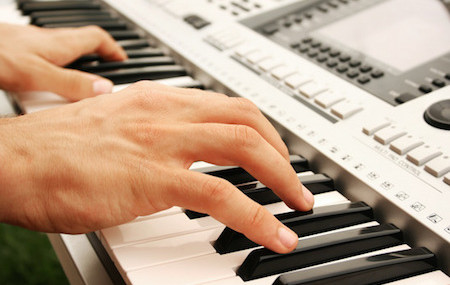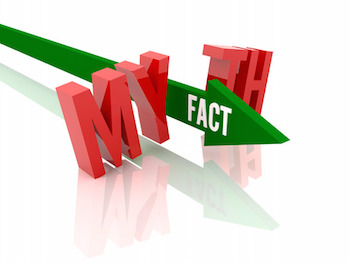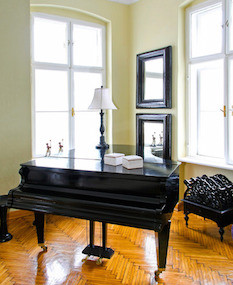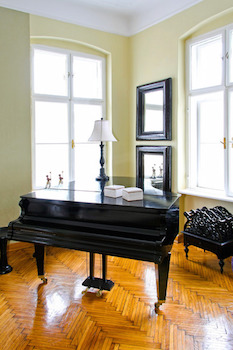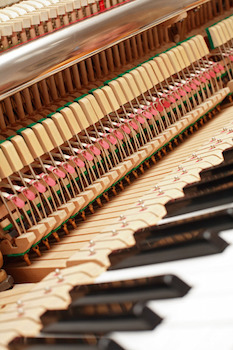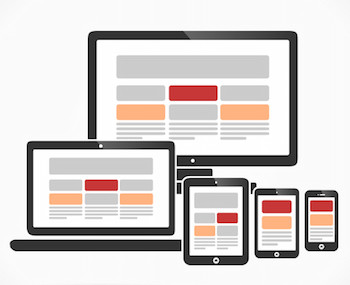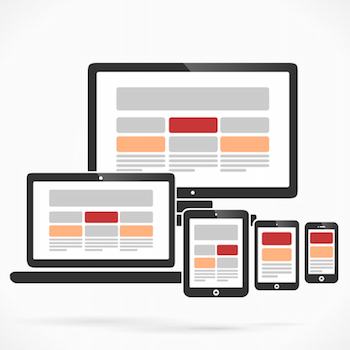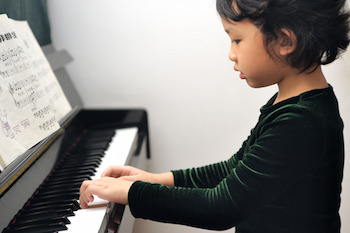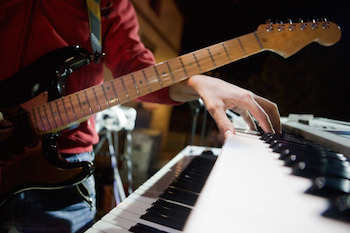To keep an acoustic piano operational and producing optimal sound, maintenance and regular tunings are required. For digital pianos, the same level of maintenance is not required. Think of your digital piano in a similar manner to your computer; because its electronic, it doesn’t need a lot of basic care to run properly.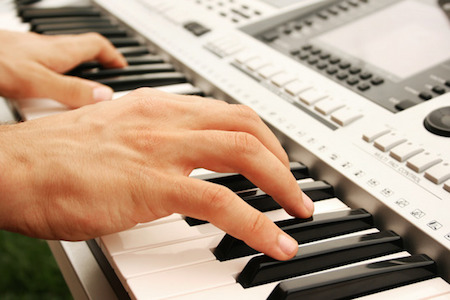
That said, a digital piano still has moving parts. And on occasion, troubleshooting may be needed to fix small problems that may arise through normal course of wear and tear. Here are a few tips to try when you run into issues while playing your digital piano.
Sticking, Jammed or Broken Keys
The biggest potential problem with a digital piano comes from its largest moving pieces: the keys. Sticky keys can be a problem for both digital and acoustic pianos because over time, dirt, dust, and other debris can get trapped between the gaps. Since a digital keyboard runs on circuitry, moisture can also be a problem. While humidity from the surrounding area can and will cause a key to jam, spilled liquids will present an even bigger problem. Which is why its important to keep all forms of liquid – drinks, plants, etc – away from the piano itself.
When keys become jammed or broken, they are fairly easy to replace. If you have jammed or unresponsive keys, notes that do not play, volume control issues, or other non-working parts, it is more than likely a circuit issue and a new contact board will be needed. If your piano is still under warranty, its best to let the manufacturer work with the piano as any tinkering can null and void the warranty.
Power Problems
Digital pianos run in one of two manners: batteries or an electrical source. If your digital piano runs on batteries, check your battery pack first. Battery packs should be fully charged regularly to keep the piano working throughout your playing session. If your digital piano runs on electricity, start by verifying the electrical cord is firmly in place. If power is generating through the circuit, a short circuit could have occurred to the power system, and the only way to have it fixed is to assess the damage through a reputable repair shop.
Software Issues
A digital piano runs in a similar manner to your computer. If you notice the system freezing, or the piano seems to lock up from time to time, it is likely that the software is to blame. Factory reset buttons on the piano will help restore a piano to working condition. Locate this feature by checking with the user manual. Please note that the reset button will bring your digital piano back to its original operating state. Any data you have stored within your piano has the potential of being lost, so regular backups should be made to decrease the likelihood of losing your work.
